热门关键词:
Possible article:
Translating "他有网球拍吗" into English: Challenges and Strategies
As a common question in Chinese, "他有网球拍吗" (tā yǒu wǎngqiú pāi ma) seems straightforward and easy to translate into English: "Does he have a tennis racket?" However, a closer examination of the linguistic and cultural contexts reveals several challenges and nuances that require careful consideration and creative solutions. In this article, we will explore some of these challenges and strategies for translating this question effectively and accurately.
Challenge 1: The ambiguity of "他"
The first challenge in translating "他有网球拍吗" is the ambiguity of the pronoun "他" (tā), which can refer to a male or a gender-neutral person. In Chinese, the gender of a person is often not specified or emphasized unless it is necessary or relevant to the context. However, in English, gender is a grammatical and social category that is more salient and significant, especially in the context of sports and equipment. Therefore, a literal translation of "他" as "he" may not be appropriate or inclusive, especially if the person in question could be a female or a non-binary individual.
Strategy 1: Use gender-neutral or inclusive language
To address the ambiguity of "他" and avoid potential bias or exclusion, a translator can use gender-neutral or inclusive language in the target language. For example, instead of "he," one can use "they," "that person," "the player," or other non-gender-specific terms that convey the same meaning without assuming a specific gender identity. Alternatively, if the context allows or requires specifying the gender of the person, one can add a modifier or a clarifying phrase, such as "the male player" or "the non-binary athlete."
Challenge 2: The idiomaticity of "有"
The second challenge in translating "他有网球拍吗" is the idiomaticity of the verb "有" (yǒu), which can mean "have," "own," "possess," or "be equipped with" depending on the context. In Chinese, "有" is often used to indicate the existence or availability of something, regardless of the ownership or agency involved. Therefore, a literal translation of "有" as "have" may not capture the full meaning or implication of the question in English.
Strategy 2: Use context-based or purpose-driven translation
To convey the intended meaning and function of "有" in the question, a translator can use context-based or purpose-driven translation strategies. For example, if the question is asked in the context of a tennis match or a training session, the translator can use a more action-oriented verb such as "bring," "bring along," "carry," or "use." If the question is asked in the context of a social or casual conversation, the translator can use a more generic or polite verb such as "have," "possess," or "own." If the purpose of the question is to inquire about the availability or loaning of a tennis racket, the translator can use a verb such as "lend," "borrow," or "rent."
Challenge 3: The cultural connotations of "网球拍"
The third challenge in translating "他有网球拍吗" is the cultural connotations of "网球拍" (wǎngqiú pāi), which is a specific type of racket used in tennis and other racket sports. In Chinese, "网球拍" is a compound noun that consists of "网球" (wǎngqiú), which means "tennis," and "拍" (pāi), which means "racket" or "bat." However, in English, "tennis racket" is the more common and specific term that conveys the same meaning and function.
Strategy 3: Use the target-language term or explain the source-language term
To avoid confusion or miscommunication, a translator can use the target-language term "tennis racket" instead of "网球拍" in the translation. If the context or the audience requires more explanation or clarification, the translator can add a parenthetical or a footnote to explain the source-language term and its cultural significance. For example, "Does that person have a tennis racket (i.e., a type of racket used in tennis)?" or "Do you mean a tennis racket (or a wǎngqiú pāi)?"
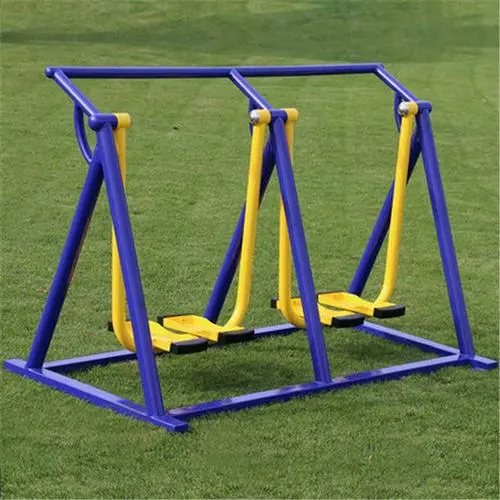
Conclusion
Translating "他有网球拍吗" into English requires more than a literal or word-for-word approach. It involves understanding the linguistic and cultural contexts of both languages, as well as the purpose and audience of the translation. By using gender-neutral or inclusive language, context-based or purpose-driven translation, and the target-language term or explained source-language term, a translator can convey the meaning and intention of the question accurately and effectively.
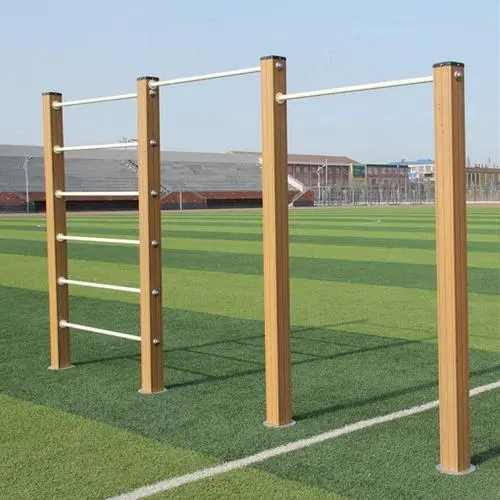
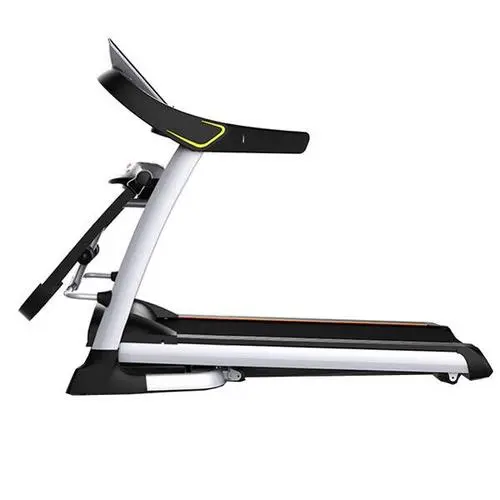
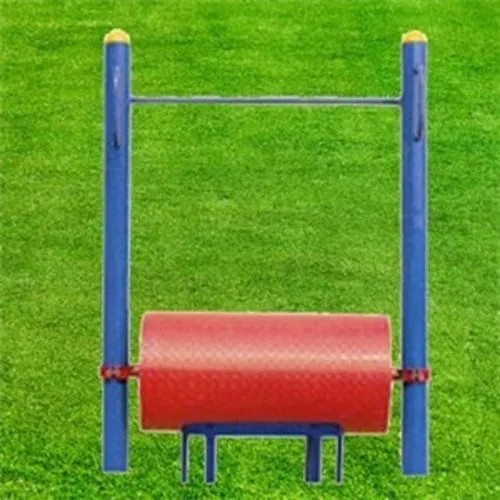
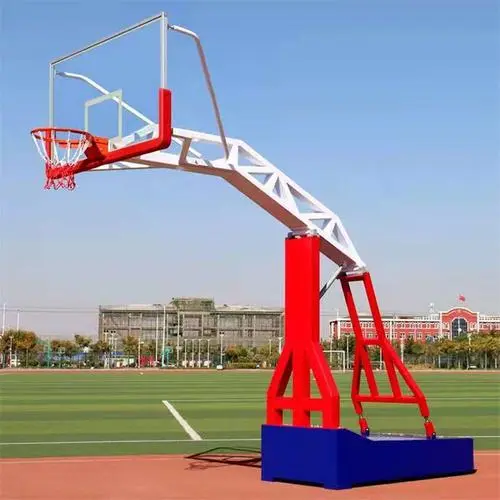
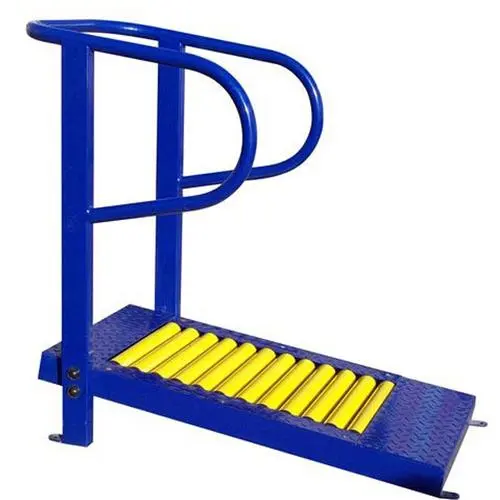

 全国服务热线
全国服务热线